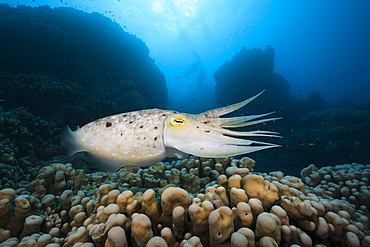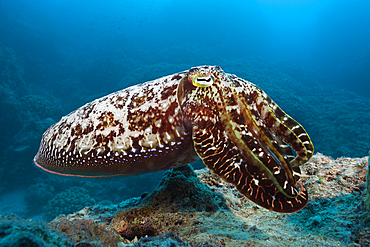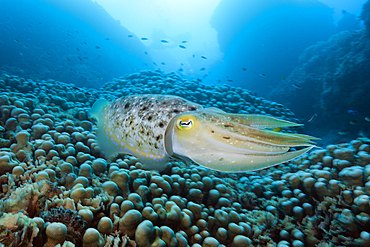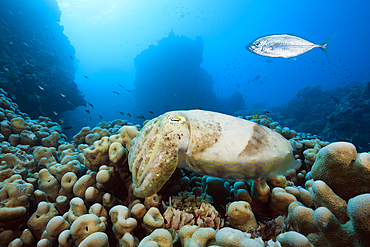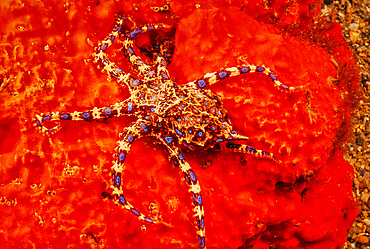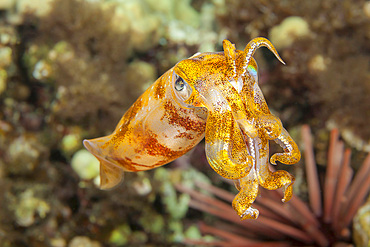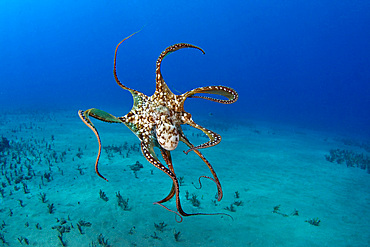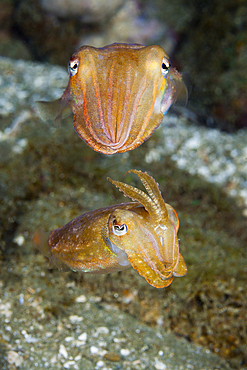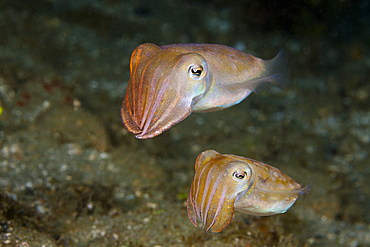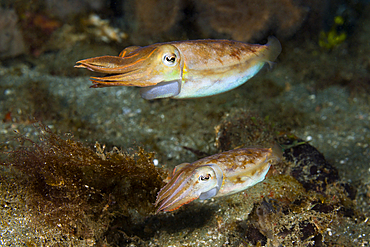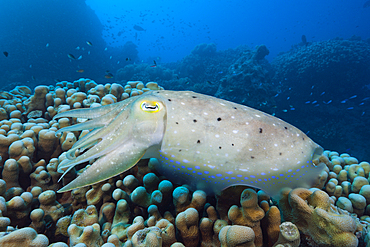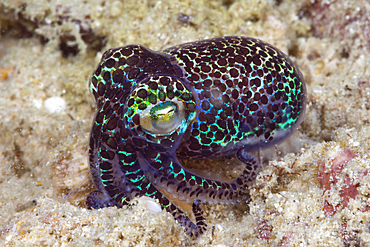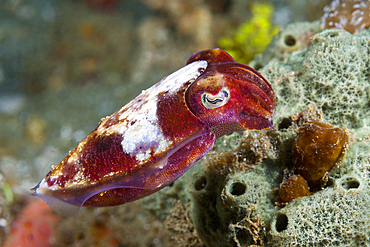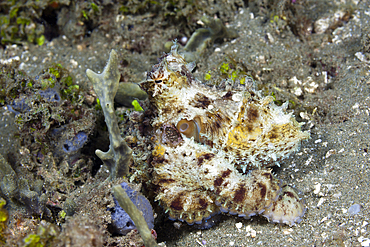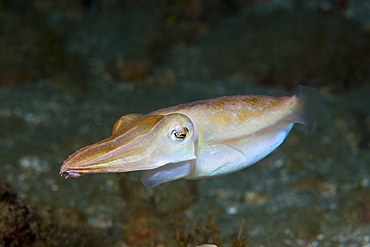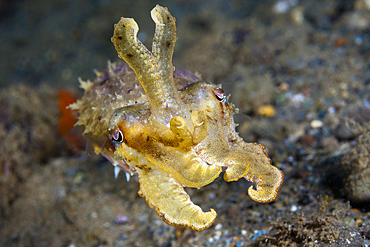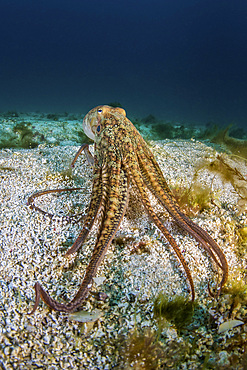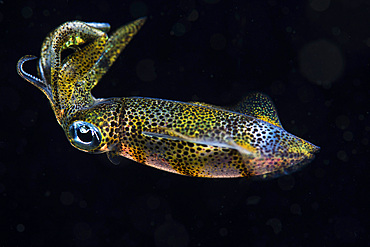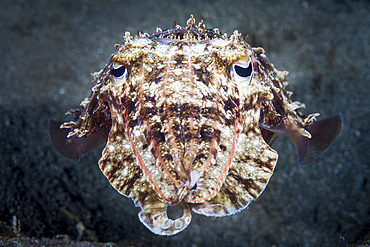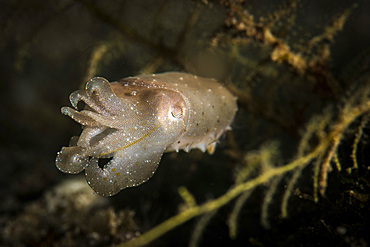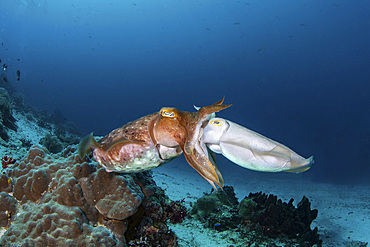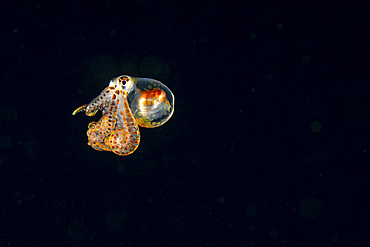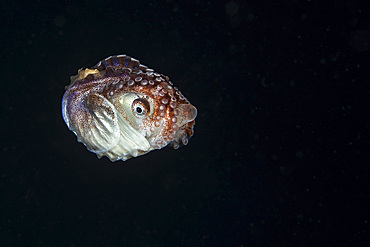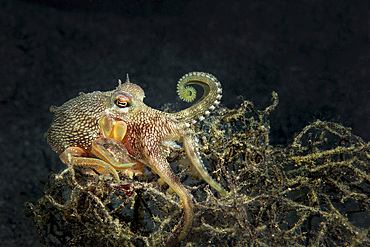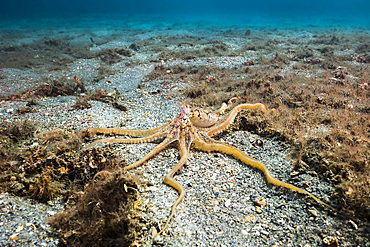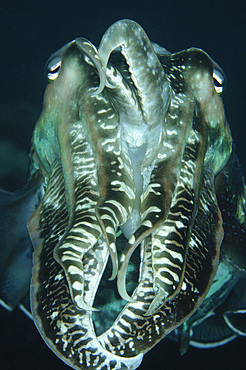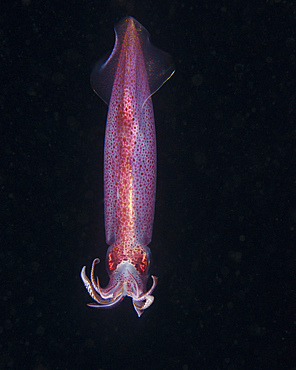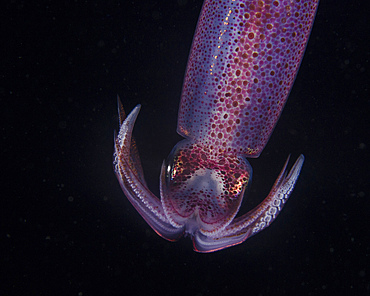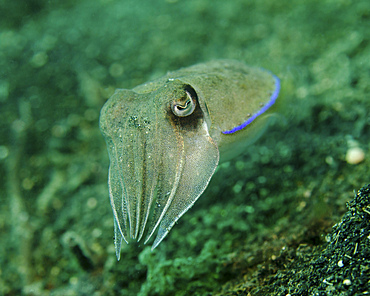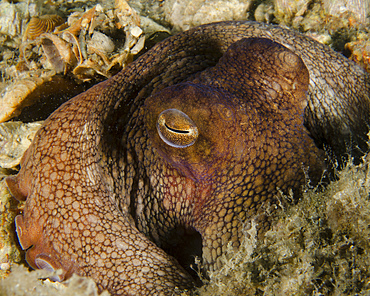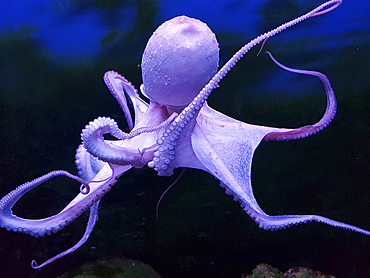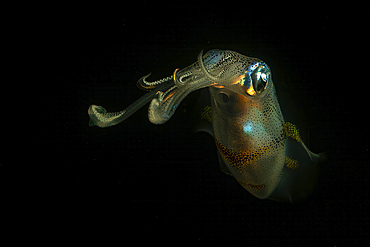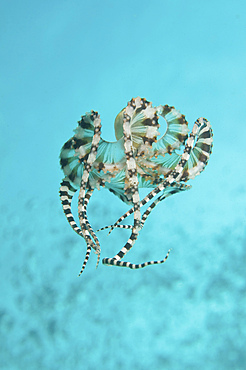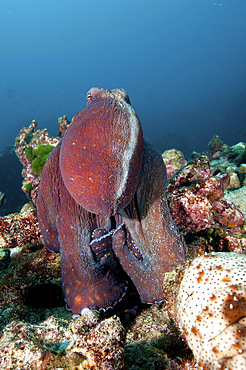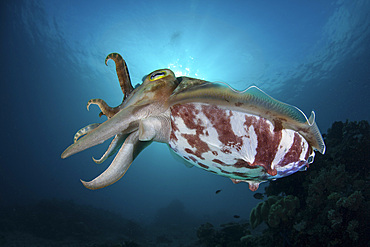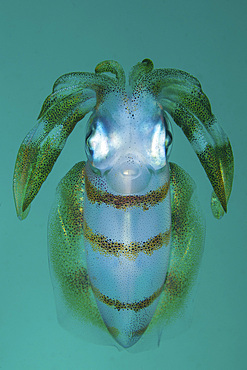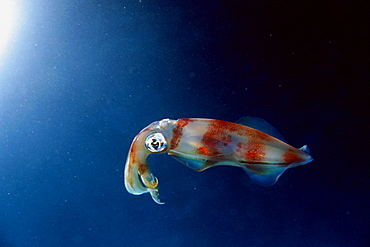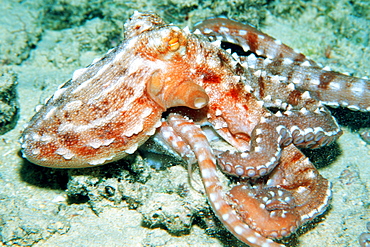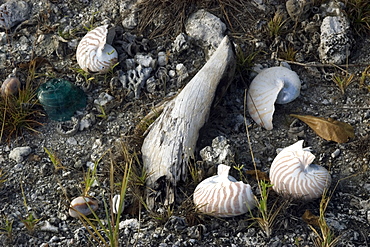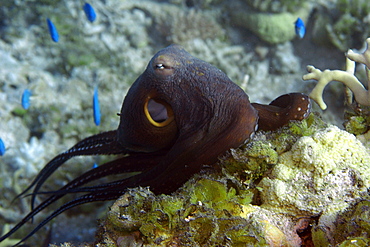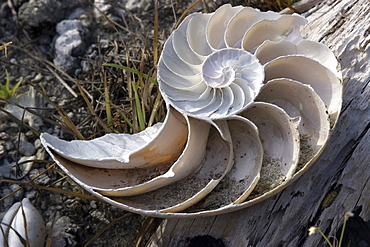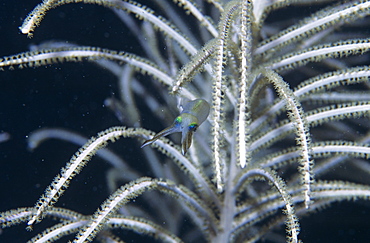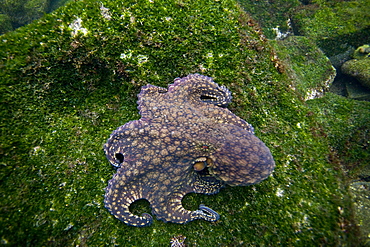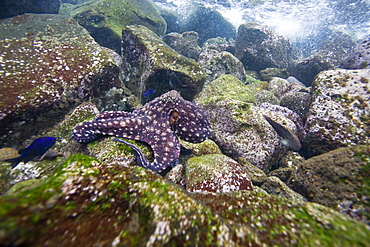Results
21 results found
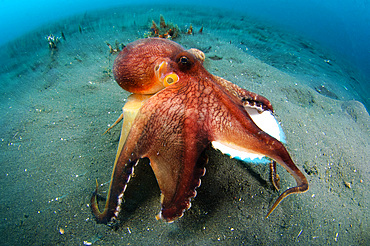
A Coconut Octopus (Amphioctopus marginatus), a species that gathers coconut and mollusk shells for shelter, Lembeh Strait, Sulawesi, Indonesia, Southeast Asia, Asia
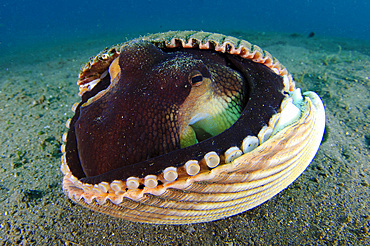
A Coconut Octopus (Amphioctopus marginatus), a species that gathers coconut and mollusk shells for shelter, Lembeh Strait, Sulawesi, Indonesia, Southeast Asia, Asia
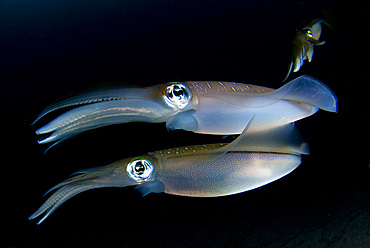
Bigfin reef squid (Sepioteuthis lessoniana), tending eggs which have been laid along a buoy line, taken at dusk, Lembeh Strait, Indonesia, Southeast Asia, Asia
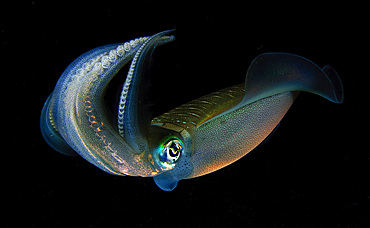
Bigfin reef squid (Sepioteuthis lessoniana), tending eggs which have been laid along a buoy line, taken at dusk, Lembeh Strait, Indonesia, Southeast Asia, Asia
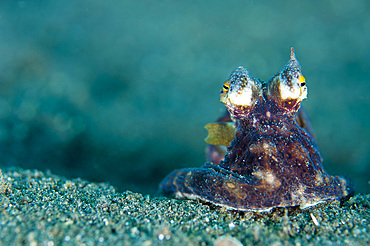
A Coconut Octopus (Amphioctopus marginatus), a species that gathers coconut and mollusk shells for shelter, Lembeh Strait, Sulawesi, Indonesia, Southeast Asia, Asia

A Coconut Octopus (Amphioctopus marginatus), a species that gathers coconut and mollusk shells for shelter, Lembeh Strait, Sulawesi, Indonesia, Southeast Asia, Asia
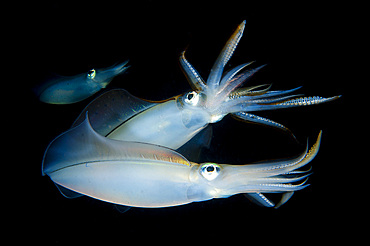
Bigfin reef squid (Sepioteuthis lessoniana) tending eggs which have been laid along a buoy line, taken at dusk, Lembeh Strait, Indonesia, Southeast Asia, Asia
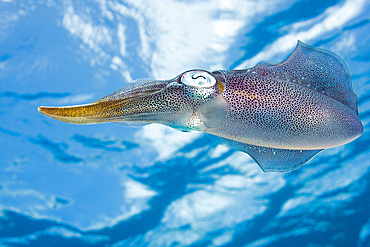
The Caribbean reef squid (Sepioteuthis sepioidea), in the Caribbean Sea, Bonaire, St. Eustatius and Saba, Central America
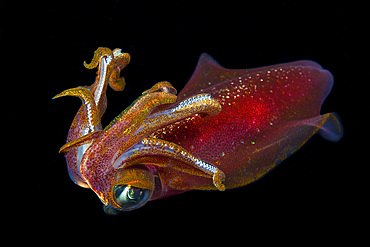
The male oval squid (Sepioteuthis lessoniana), can reach 14 inches in length, Hawaii, United States of America, Pacific, North America

View showing the suckers on a day octopus (Octopus cyanea), Hawaii, United States of America, Pacific, North America
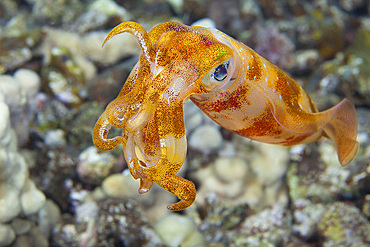
The male oval squid (Sepioteuthis lessoniana), can reach 14 inches in length, Hawaii, United States of America, Pacific, North America
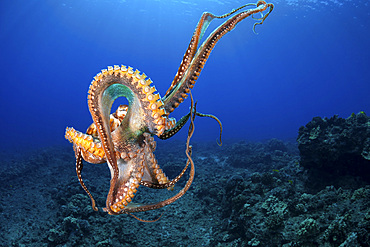
Day octopus (Octopus cyanea), in mid-water, Hawaii, United States of America, Pacific, North America
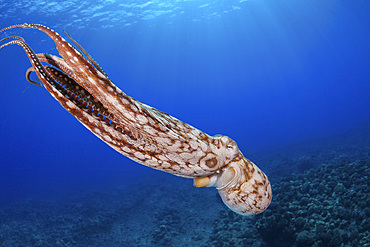
Day octopus (Octopus cyanea), in mid-water, Hawaii, United States of America, Pacific, North America

An argonaut (Genus Argonauta), a group of pelagic octopuses. Baja California, Sea of Cortez, Mexico, North America
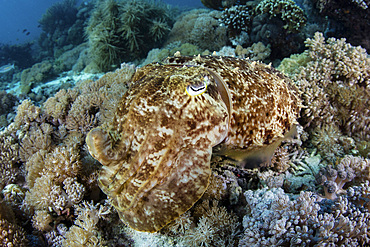
A broadclub cuttlefish (Sepia latimanus) hovers above a beautiful coral reef in Komodo National Park, Indonesia.
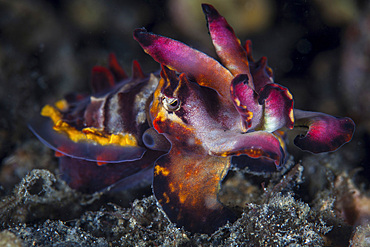
A colorful flamboyant cuttlefish, Metasepia pfefferi, crawls across the sandy seafloor in Lembeh Strait, Indonesia.
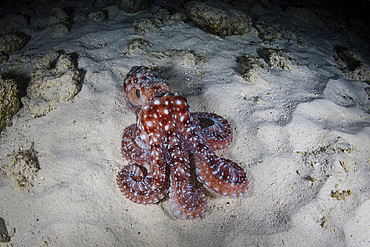
A starry night octopus, Callistoctopus luteus, searches for prey on a reef flat at night in Raja Ampat, Indonesia.
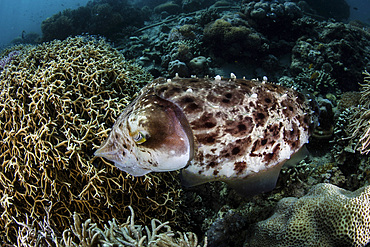
A broadclub cuttlefish (Sepia latimanus) lays eggs in a coral colony in Komodo National Park, Indonesia.
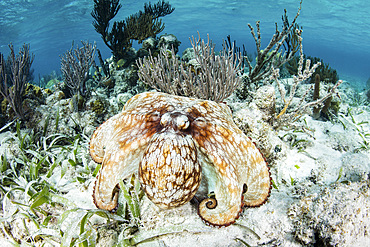
A Caribbean reef octopus (Octopus briareus) explores the seafloor of a shallow reef off the coast of Belize. This intelligent cephalpod ranges throughout the Caribbean feeding on lobster, crab, and small fish.

A bigfin reef squid (Sepioteuthis lessoniana) hovers in nighttime waters off the coast of Komodo Island in Komodo National Park, Indonesia.
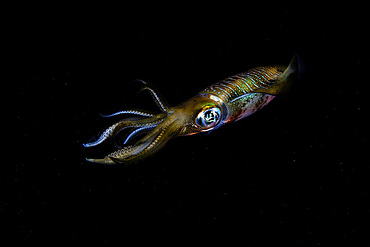
A bigfin reef squid (Sepioteuthis lessoniana) hovers in nighttime waters off the coast of Komodo Island in Komodo National Park, Indonesia.
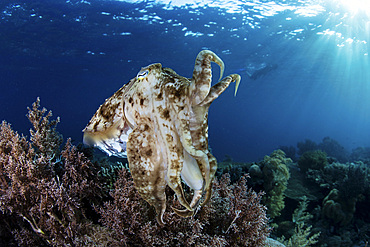
A broadclub cuttlefish (Sepia latimanus) hovers above a beautiful coral reef in Komodo National Park, Indonesia.
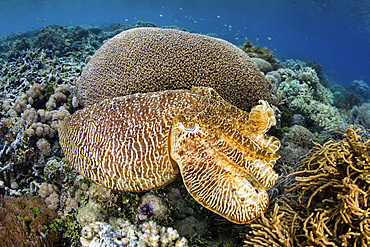
A broadclub cuttlefish (Sepia latimanus) uses camouflage to blend into a shallow coral reef in Raja Ampat, Indonesia. This remote region is known as the heart of the Coral Triangle due to its extraordinary marine biodiversity.
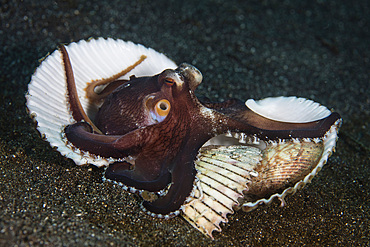
A coconut octopus (Amphioctopus marginatus) clings to shells on the seafloor in Lembeh Strait, Indonesia.
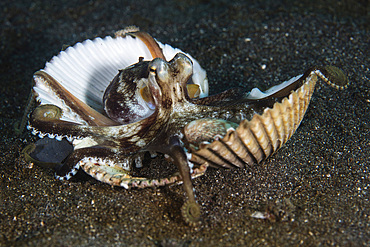
A coconut octopus (Amphioctopus marginatus) clings to shells on the seafloor in Lembeh Strait, Indonesia.
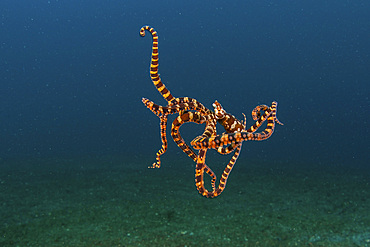
A Wonderpus, Wunderpus photogenicus, hunts for prey on the sandy seafloor in Lembeh Strait, Indonesia.
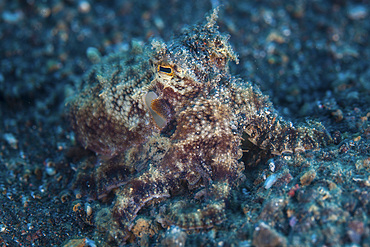
A well-camouflaged Mototi octopus, Octopus sp., hides in plain view on the sandy seafloor in Lembeh Strait, Indonesia.
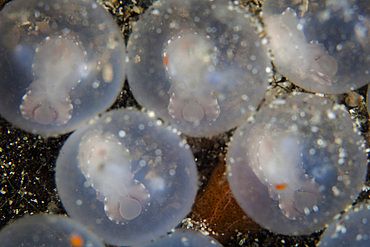
Flamboyant cuttlefish embryos, Metasepia pfefferi, wait to hatch from their eggs on the sandy seafloor in Lembeh Strait, Indonesia.
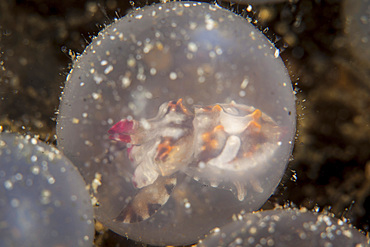
Flamboyant cuttlefish embryos, Metasepia pfefferi, wait to hatch from their eggs on the sandy seafloor in Lembeh Strait, Indonesia.
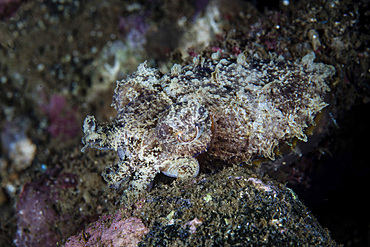
A small, well-camouflaged cuttlefish, Sepia sp., hovers on a rocky seafloor in the Banda Sea, Indonesia.
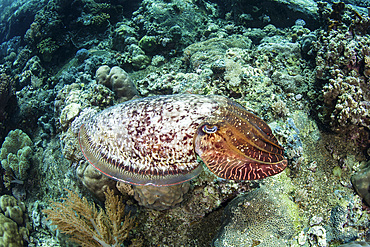
A broadclub cuttlefish, Sepia latimanus, hovers over a healthy reef on the remote island of Teun in Indonesia's Banda Sea.
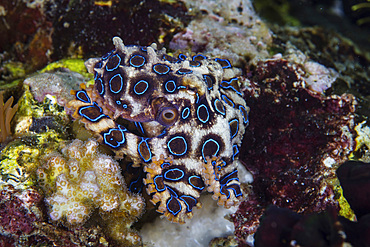
A greater blue-ring octopus, Hapalochlaena lunulata, crawls across a coral reef in Komodo National Park, Indonesia. There are several blue-ring octopus species and all of them are extremely venomous.
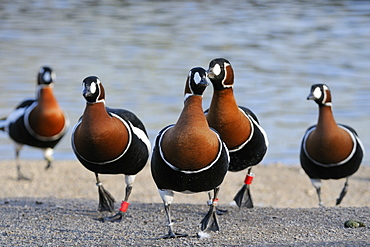
Red-breasted goose (Branta ruficollis) group approaching on land, captive, WWT Slimbridge, Gloucestershire, UK.
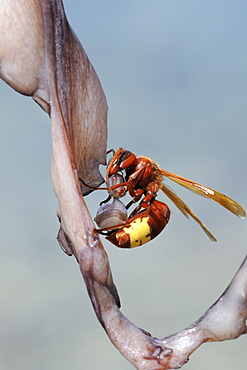
Oriental hornet (Vespa orientalis) using its jaws to detach two suckersfrom Common Octopus tentacle as it hangs in the sun to tenderise. Skala Sikaminia harbour, Lesbos (Lesvos) Greece. MORE INFO: The yellow parts of this hornet's cuticle absorb sunlight and the pigment xanthopterin converts light into electrical energy.

Eye and siphon detail of reef octopus (Octopus cyanea), crawling over reef, Ailuk atoll, Marshall Islands, Pacific
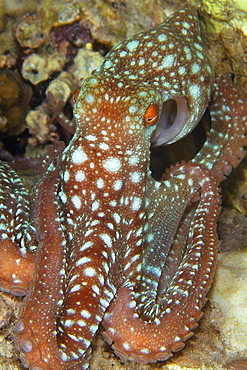
Starry night octopus (Octopus luteus) foraging on coral reef at night, Malapascua, Cebu, Philippines, Visayan Sea, Southeast Asia, Asia
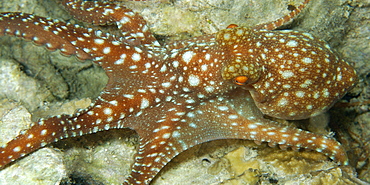
Starry night octopus (Octopus luteus) foraging on coral reef at night, Malapascua, Cebu, Philippines, Visayan Sea, Southeast Asia, Asia

Whole Common Octopus (Octopus vulgaris) and pairs of tentacles hanging in the sun before cooking, Skala Sikaminia harbour, Lesbos (Lesvos), Greece.

Whole Common Octopus (Octopus vulgaris) and pairs of tentacles hanging in the sun against blue sky before cooking, Skala Sikaminia harbour, Lesbos (Lesvos), Greece.
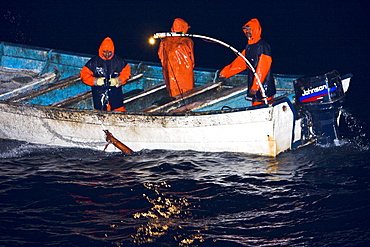
Night fishery for Humbolt Squid (Dosidicus gigas) in the Gulf of California (Sea of Cortez) waters just outside Santa Rosalia, Baja California Sur, Mexico
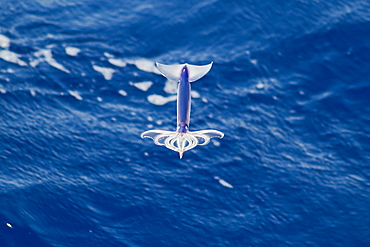
Flying Squid Species in mid-air, roughly 100 nm North of Tristan Da Cunha, South Atlantic Ocean. Flying Squid use membranes between their tentacles (visible on pic) & two fins at the rear of the mantle to glide through the air in a similar way to flying fish.

Flying Squid Species in mid-air (Ommastrephes bartramii). Extremely rare unusual image. South Atlantic Ocean. MORE INFO: Flying Squid use membranes between their tentacles (visible on pic) & two fins at the rear of the mantle to glide through the air in a similar way to flying fish. These unique adaptations allow them to avoid predation more easily. Ommastrephid squids are among the strongest swimmers in the Cephalopoda. A number of species are fished commercially. This particular species (Ommastrephes bartramii), is commonly known as "Neon Flying Squid" due to its colouration and its ability to glide over the ocean surface as seen in the photographs. Please note that this is a genuine image of a wild animal in its natural environment. It is not a digital manipulation.
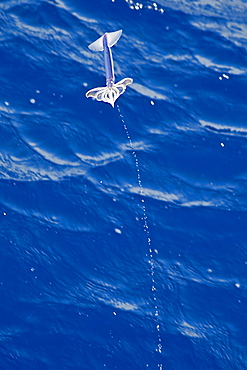
Flying Squid Species in mid-air leaving a water trail behind it, roughly 100 nm North of Tristan Da Cunha, South Atlantic Ocean. Flying Squid use membranes between their tentacles (visible on pic) & two fins at the rear of the mantle to glide through the air in a similar way to flying fish.
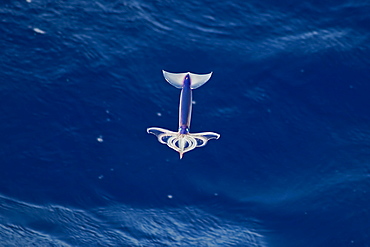
Flying Squid Species in mid-air, roughly 100 nm North of Tristan Da Cunha, South Atlantic Ocean. Flying Squid use membranes between their tentacles (visible on pic) & two fins at the rear of the mantle to glide through the air in a similar way to flying fish.
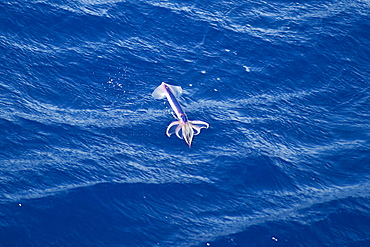
Flying Squid Species in mid-air, roughly 100 nm North of Tristan Da Cunha, South Atlantic Ocean. Flying Squid use membranes between their tentacles (visible on pic) & two fins at the rear of the mantle to glide through the air in a similar way to flying fish.
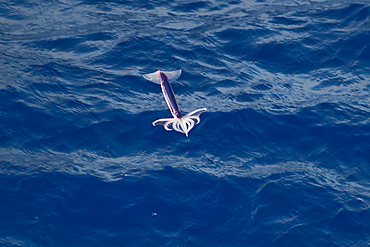
Flying Squid Species in mid-air (Ommastrephes bartramii). Extremely rare unusual image. South Atlantic Ocean. MORE INFO: Flying Squid use membranes between their tentacles (visible on pic) & two fins at the rear of the mantle to glide through the air in a similar way to flying fish. These unique adaptations allow them to avoid predation more easily. Ommastrephid squids are among the strongest swimmers in the Cephalopoda. A number of species are fished commercially. This particular species (Ommastrephes bartramii), is commonly known as "Neon Flying Squid" due to its colouration and its ability to glide over the ocean surface as seen in the photographs. Please note that this is a genuine image of a wild animal in its natural environment. It is not a digital manipulation.
